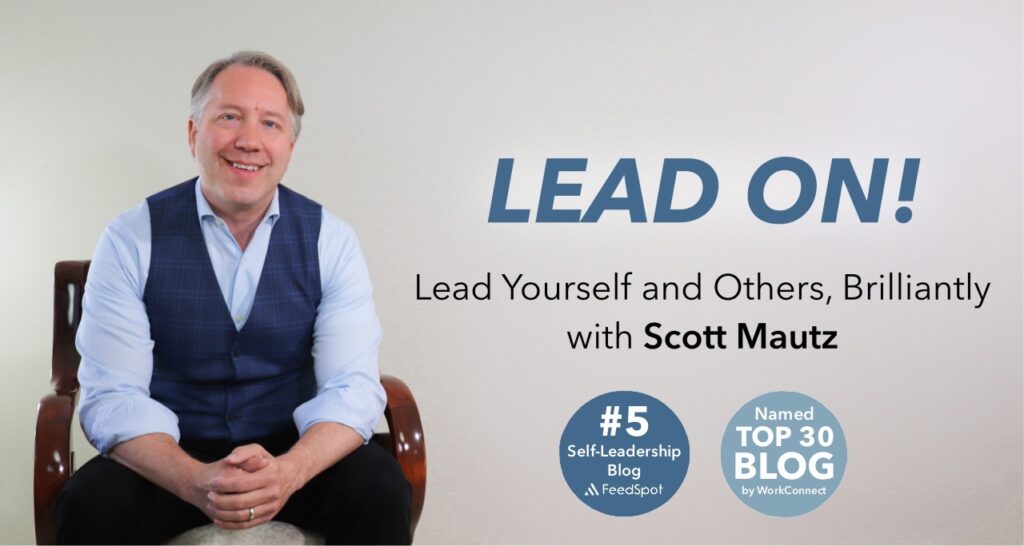
INSIGHTS (on leadership/self-leadership)
There are countless benefits to being decisive, and too many costs of the opposite. So how can you be more decisive? Here’s a surprising hack.
Take a stand. Literally.
A landmark psychology study found a connection between our actual body movements and the state of our certainty when making a decision. Study participants read two separate articles about getting rid of a minimum wage for adults. One article simply stated the case for abolishing it, the other listed specific pros and cons for both sides of the argument. While reading the article, participants were asked to stand on a Wii Balance Board, a step platform used to enable interactive gaming through movement. One can snowboard on-screen, for example, by standing on the board and emulating the movements required for actual snowboarding. The Wii Balance Board was used in this case to measure the movement from side to side as each participant read one of the articles.
The study found that those reading the article with pros and cons were subconsciously leaning from one side to the other more than those reading the more “fixed position” article. In times of indecision, when we’re mentally vacillating, our bodies really do reflect that internal conflict via subtle side-to-side movement. The study participants were eventually asked to “take a stand” and state if they were for or against abolishing a minimum wage for adults, and the results showed they tended to actually stand firm when stating their decision.
Interestingly enough, the reverse held true as well. In phase two of the study, participants were told they were engaged in a study of tai-chi movements. Those who were told to conduct more side-to-side movements showed more indecisiveness than those who were told to move up or down or make no movements at all.
So, we move from side to side when we’re uncertain, and the action of moving from side to side makes us feel more uncertain. Thus, to free yourself from indecision, take a stand – literally.
IMPERFECTIONS (mistakes we make)
I believe one of the greatest dangers we’re experiencing, not just in business, but in society, is a lack of critical thinking. Far too often I see people grasping on to one source of information and allowing it to completely form how they view an issue, without bothering to question the source of the information, its validity, purity, robustness, or truthfulness. In other words, information is accepted as doctrine, without running it through a filter of critical thinking to evaluate it. If I may be so blunt, a lack of critical thinking is the purest form of a lack of intelligence, further marked by careless laziness.
Here are three strategies to help you think more critically (as I discuss in The Mentally Strong Leader):
1. Be mindful of how data is presented to you. Every piece of information you receive from someone else has been structured, represented, or filtered in a way intended to influence your opinion. Be careful to avoid what neuroscientists call the framing bias, which is when your decision is influenced not by what information is presented, but how it’s presented.
As a simple example to illustrate, look at the exhibit below titled, “Data Representation.”
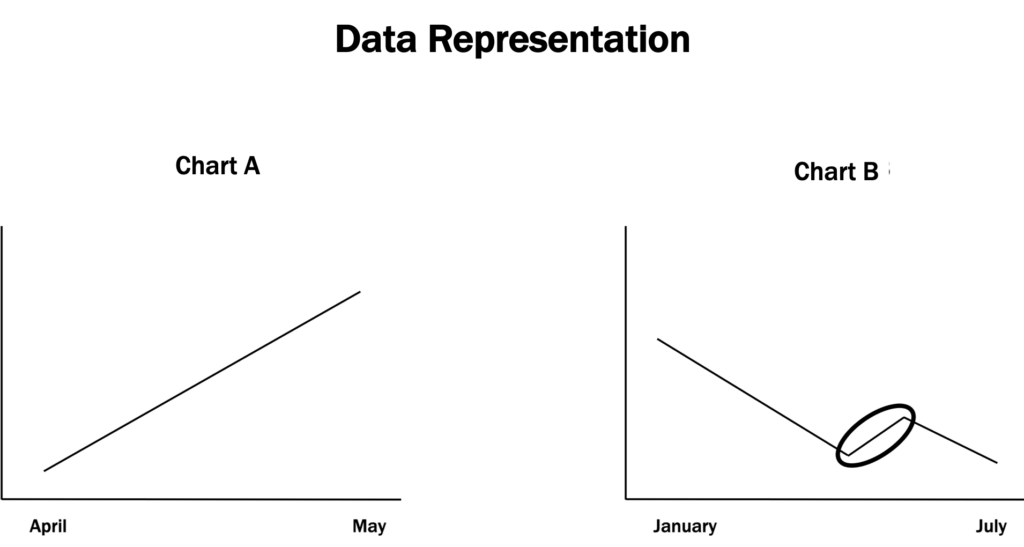
Chart A on the left shows what seems like a high growth rate for a product for the period April through May. But when you change the scale of the chart, and examine the same data over a longer time period, from January through July (Chart B), you see it’s a modest short-term spike amidst an overall alarming decline. How data is presented can shape the decision you make; so it’s important to keep a critical eye.
Now, some framing of information is often helpful, to help make different decision options clearer, for example. Just keep the motivations in mind behind the information or argument presented. Be clear on what’s fact versus opinion. Watch for potential distortion or exaggeration of facts or data. And surround yourself with people who can help break down and interpret the data you have access to (in this instance, and in general), and who can help counter your misperceptions about the data.
Only after all this is considered should you make inferences from the data presented to you.
2. Listen carefully to what’s said and not said. Actively listen when people are sharing data or their point of view. Ask lots of questions. Don’t get swayed by emotion.
And pay attention to what’s not being said. For example, you’re trying to decide whether or not to buy that new car. And while the salesperson goes on about the fantastic mileage, they’re not answering your question about safety ratings. There’s often something behind what’s not being said.
3. Increase your powers of observation. Get good at spotting patterns in data, or discrepancies and inconsistencies. Don’t analyze things in an echo chamber, with only your thoughts to ruminate upon. Expand the circle of people you talk to and seek counsel and opinion from before you decide where you stand on something.
IMPLEMENTATION (one research-backed strategy, tip, or tool)
Plenty of us are feeling nervousness around the volatile stock market these days, so calming advice is always good advice. But would a poem help? Warren Buffett thinks so. As fellow writer for CNBC’s “Make It,” Ryan Ermey, shared recently, Warren Buffett suggests reading the classic poem “If” (by Rudyard Kipling) when the market is making you jittery:
“If you can keep your head when all about you are losing theirs, if you can wait and not be tired by waiting, if you can think and not make thoughts your aim, if you can trust yourself when all men doubt you, yours is the Earth and everything that’s in it.”
In other words, according to Buffett, stick to your plan and keep investing. Times when the market dip can present huge opportunities, which Buffett also has something to say about: “Big opportunities come infrequently. When it’s raining gold, reach for a bucket, not a thimble.”

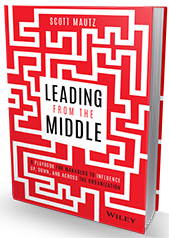
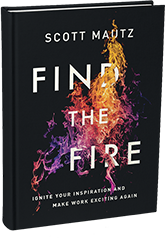
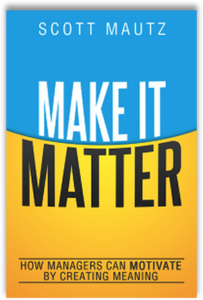
Leave a Reply